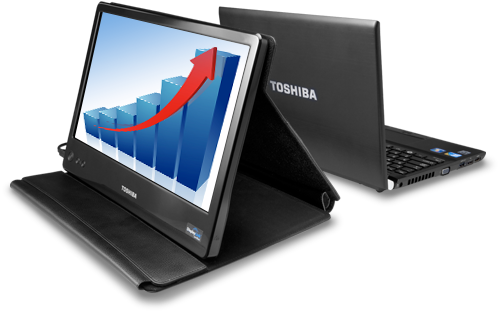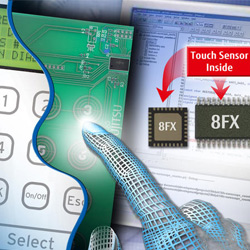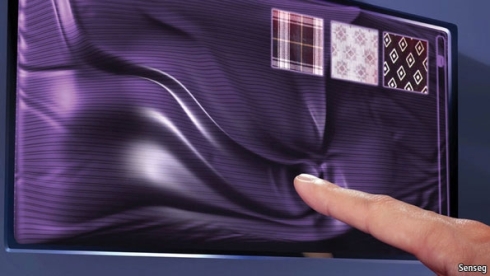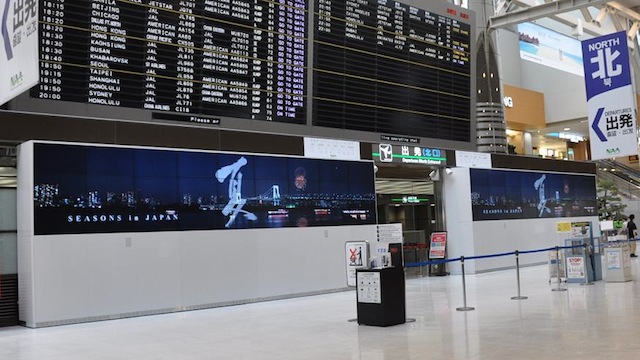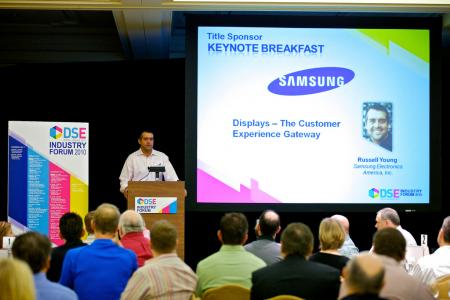Philips unveil the modular Living Sculpture 3D OLED system and the interactive OLED mirror
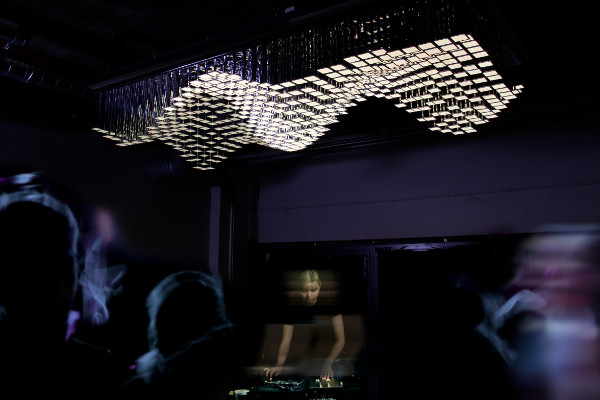
Image via OLED-Info
"After teasing us for almost a month, Philips finally launched their new modular 3D OLED system, the Livingscrulpture 3D. It's a kinetic system based on modular OLED blocks. The rectangular Lumiblade panels are placed on rods that can change their height - thus easily creating 3D surfaces. The system consists of base plates, each one holding 16 OLED panels (4x4). The OLED themselves are rectangular, 76x76 mm each (including the frame, the active area is 61.4x60.5 mm) and the color temperature is 3,000K. The typical luminance per OLED is about 1,500 cd/m2. The base panel size is 316x316 mm. You can find the data sheet here. Of course this thing ain't cheap. Philips told us that each base plate wil cost about €700 (so that's about €43 per OLED, which is actually a good price for an OLED panel). A square meter will cost about €7,000. Together with the new system, Philips also launched their new web site - The New Art of Light." via OLED-Info
 Display Alliance
Display Alliance